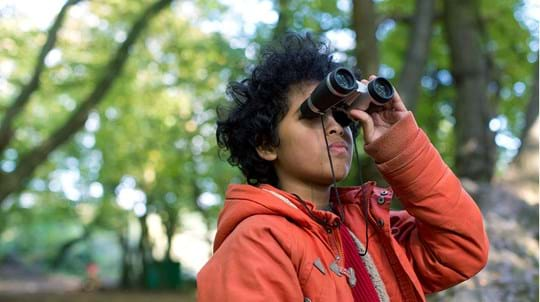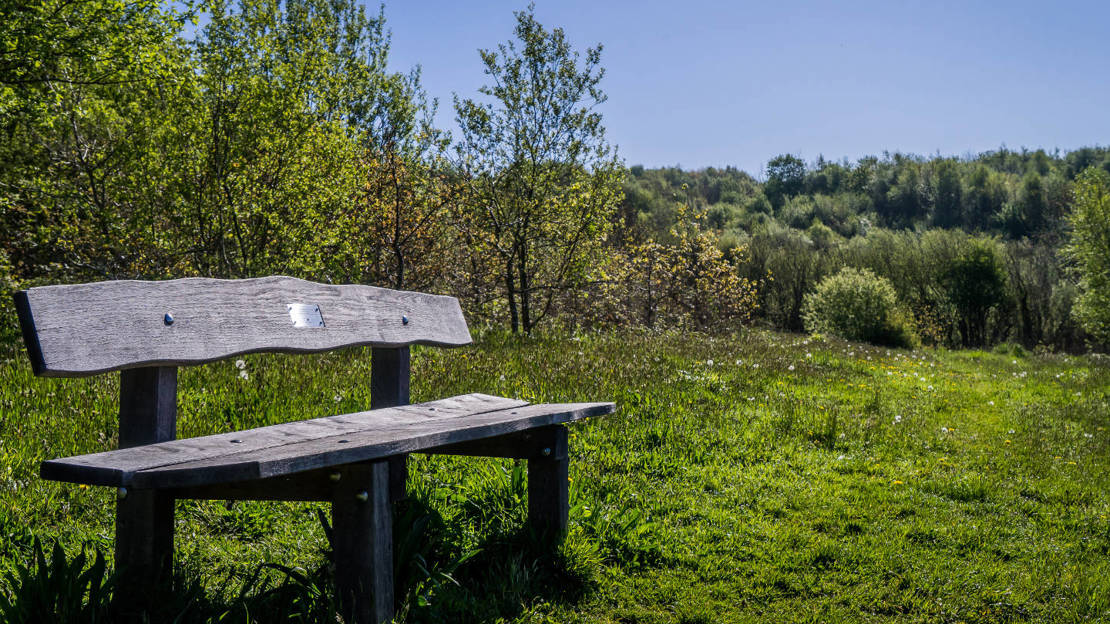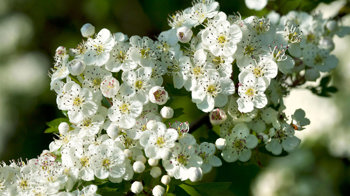
Stoke Wood (Stoke Lyne)
Stoke Lyne

Woodland Trust wood
35.52 ha (87.77 acres)
SP554277
Explorer 191
OS Landranger 164
This delightful, ancient woodland contains a mix of native broadleaf and exotic conifers, carpets of bluebell in the spring and a variety of bird and butterfly species. With several open glades and a small meadow, it provides important habitats for invertebrates and its prominent position on an otherwise flat landscape makes it a landmark that can be seen for miles around.
Look out for the tawny owl boxes put up by the local community as well as some of the uncommon butterfly species that flit through the glades.
Features
- Parking at site
- Public access
- Waymarked walk
- Broadleaved woodland
How to get to Stoke Wood
Stoke Wood is a 32.5-hectare (87-acre) site which lies 6km (3.7 miles) north-west of Bicester.
Leave the M40 at junction 10 and follow the signposts for the A43. At the roundabout, take the third exit onto the B4100 from where the wood is signposted with a brown sign.
For the main entrance into Stoke Wood, follow the road for 1.5km (0.9 miles) and turn right into the small lane. After approximately 140 metres, the entrance will be on the left-hand side, next to the car park.
The nearest train station is Bicester, 6km (3.7 miles) from Stoke Wood.
Visit National Rail for more information.
Occasional buses run to Stoke Lyne village from Bicester. From there it is just over a 1km (0.6-mile) walk to the wood along a single track road.
Visit Traveline for more information.
Facilities and access
Stoke Wood is extremely well used and enjoyed by local people The site is level, with access via a bridleway gate near to the car park. Rides run north to south and east to west and woodbanks show the boundaries of the woodland.
There are approximately 4.5km (2.8 miles) of paths in the wood. An all abilities entrance and surfaced path leads from the car park and is accessible all year round. A public bridleway (Old Stoke Lyne Lane) runs along the northern edge in an east to west direction. Most paths are well maintained and clearly marked, though some of the internal paths can become muddy in wet weather.
Adjacent to the northern boundary of the wood is the Cherwell Valley service station which has full wheelchair access and amenities.
There is a car park for up to 30 cars next to the entrance. This car park is not owned by the Trust.
The nearest public toilets are at Cherwell Valley Services at junction 10 off the M40. These lie just behind the wood and are approximately 1.5km (0.9 miles) away by road. Others exist in nearby Bicester, 6.5km (4 miles) away at Bure Place and Claremont car park (off Victoria Road).
Wildlife and habitats
Animals
In the shade of the trees and the light of the glades and small meadow, local wildlife finds a haven in the relatively sparse landscape. A number of uncommon butterfly species, such as purple emperor, white admiral and silver-washed fritillary, can be spotted flitting through the glades.
Trees, plants and fungi
Stoke Wood is a mix of Ancient Semi-Natural Woodland (ASNW) and Planted Ancient Woodland (PAWS). Much of the canopy is old, coppiced hazel, ash and oak, as well as several non-native species. Look out for adder’s tongue fern, an unusual plant for the area and a good indicator species of ancient meadows.
The mix of broadleaved trees and replanted conifers makes for interesting tree colours and shapes, especially in the autumn. An ornamental avenue of Corsican pine runs the full length of the wood and a large section of Norway spruce is thought to be an overgrown Christmas tree plantation. Look out for the native wild service tree at the ancient boundary bank and the ancient hornbeam with a 5.5-metre diameter stump.
Habitats
An ancient woodland with both broadleaved trees ad conifers, as well as open glades and a meadow, Stoke Wood has many habitats for wildlife.
About Stoke Wood
History
Stoke Wood was once part of the 3,000-acre Swift's House estate on which Swift’s House was built by Sir Thomas Mostyn in 1800. He named the house after the owner of an inn that once stood on the site of the current house. Stoke Wood and Stoke Little Wood both lie on either side of the house.
In 1820, the estate was bought by Sir Henry Peyton and remained in the Peyton family until 1993 when the estate was divided into lots and sold. We purchased the majority of Stoke Wood at that time with the help of local people and Cherwell District Council.
Part of the wood was damaged in 1954, when an American B47 bomber plane crashed onto the site, killing its crew.
A very large, ancient woodbank surrounds most of the perimeter of the wood, probably constructed in medieval times to determine ownership and keep out animals such as deer. On these banks are some of the oldest trees in the wood, particularly ash and oak.
There are also several smaller internal earthbanks which researchers believe may be connected with an ancient burial chamber.
Things to do in Stoke Wood

Visiting woods
Walking dogs in our woods
Dogs are welcome for walkies in our woods. Take a look at our tips and guidelines for ensuring we keep our woods safe and special for dogs and wildlife.

Visiting woods
Events
Discover events at our woods and the festivals and fairs you can find us at soon.

Visiting woods
Things to do in the woods
Go on an adventure. Get closer to nature. Uncover history. Discover ways to explore the UK's woods whatever the season.

Dedicate at this wood
This wood is one of more than 50 across the UK where it's possible to dedicate trees, benches or larger areas of woodland. Mark a special occasion or celebrate the life of a loved one with a meaningful gesture that lasts.
Choose a dedication





































